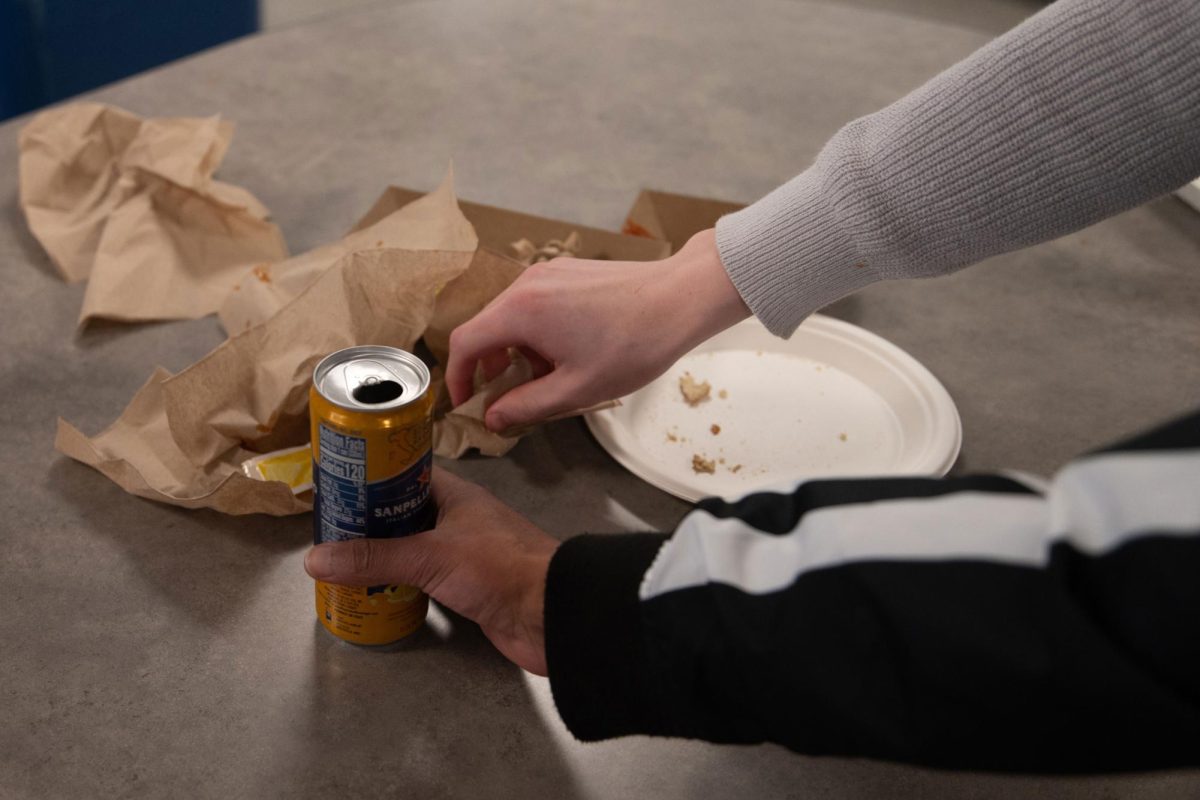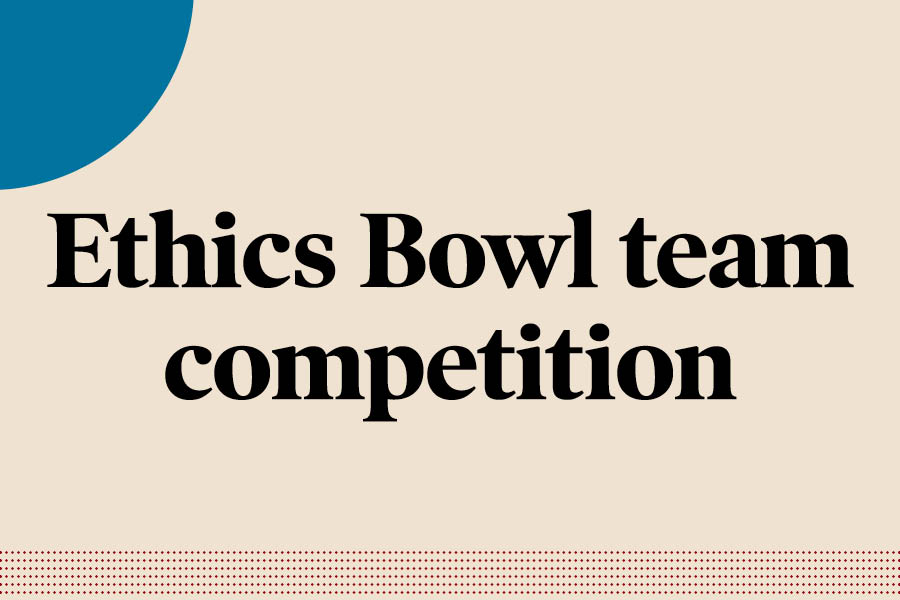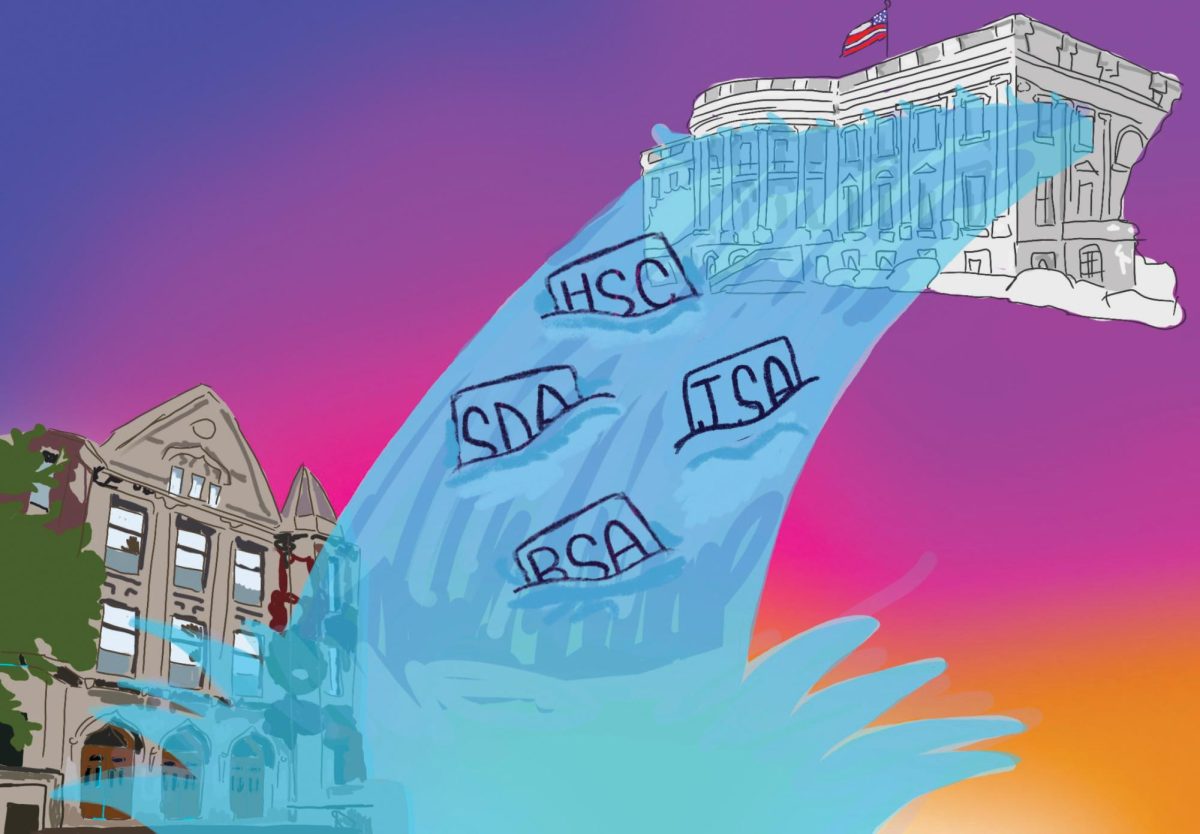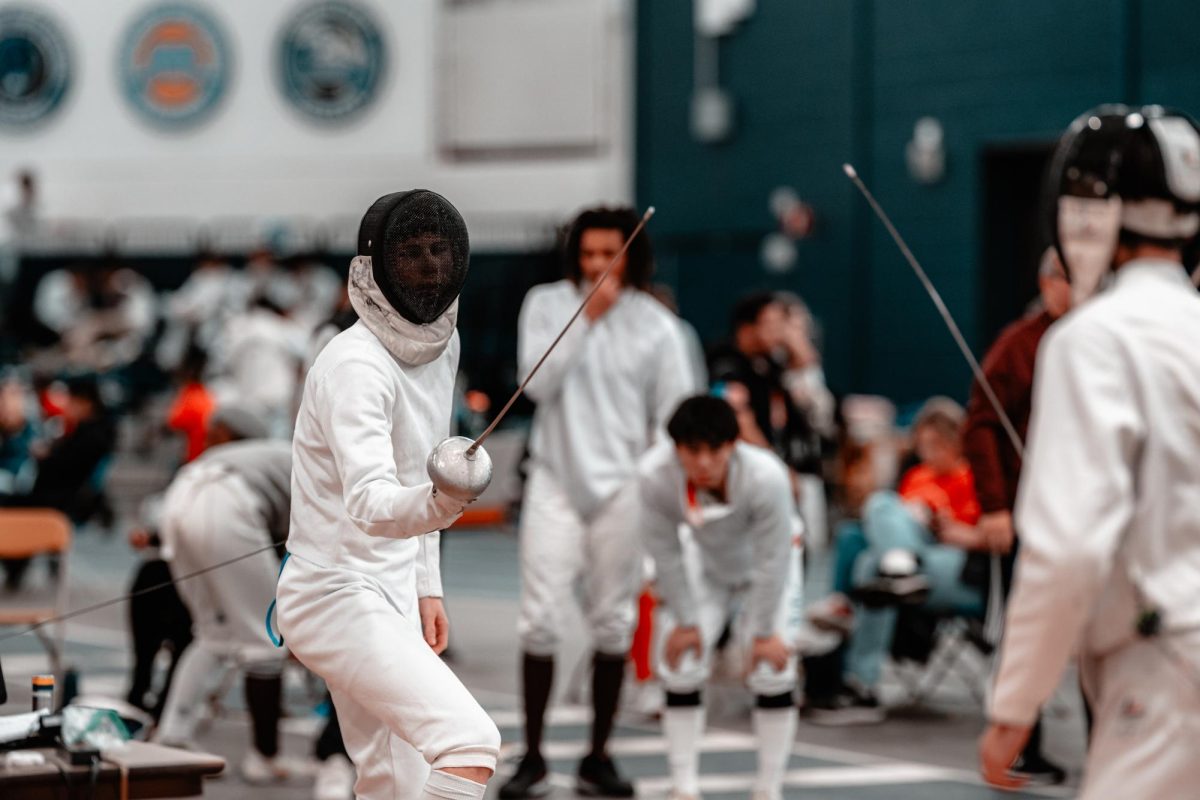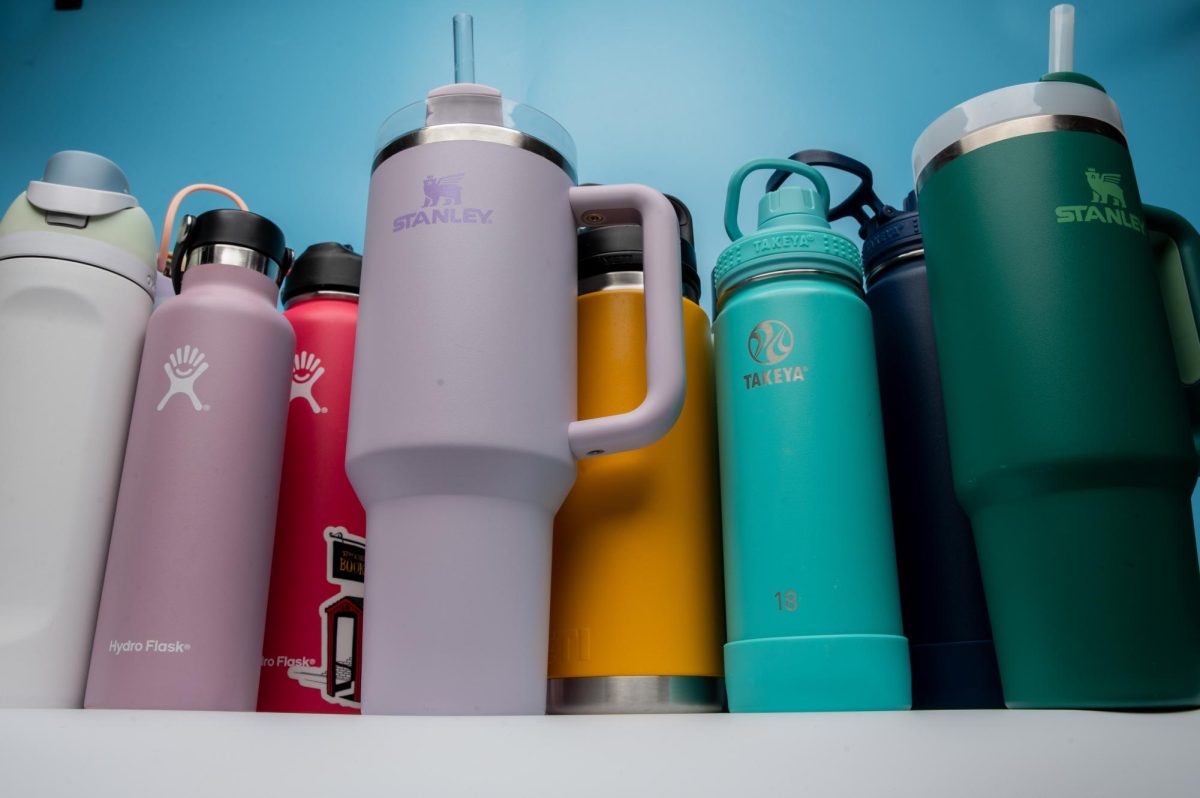Carried throughout the halls of U-High, held in the hands of students, some big, some small, in all sorts of shapes and sizes, they’re hard to miss: water bottles. These objects are simply vessels to help keep users hydrated, yet in recent years they have evolved into something bigger in culture — a product encouraging healthy habits and a means for self-expression.
Stocking up on water bottles has become a sort of lifestyle, even a hobby, for many. Their variety — color choice, size, special features — has helped boost their popularity.
“There are things like fidget spinners, where when one person gets it, a lot of people want to get it. I feel like it’s that simple,” Maurice Neuman, a senior who uses his blue 40-ounce Stanley water bottle often, said. “There are people who post online when they get a new color and then they have, like, 20 different colors of the same water bottle, which is so pointless, but it makes people want it because that’s what social media does.”
Some people believe the recent popularity of certain reusable water bottles, like the Stanley cup, Hydro Flask and Owala bottle crazes, is underscored by a cultural shift toward health-conscious consumption. Senior Stella Sturgill believes this shift has both health-oriented and cultural implications.
“I think especially as sort of a health fad has sort of taken over mainstream culture, there’s more cultural and brand significance and whatever behind the kind of water bottle that you have, which I think is kind of ridiculous,” she said, “but honestly at the same time, I think it is helping more people drink water by aestheticizing it.”
Water bottles are also a means for self-expression. Many students, like junior Millie Norton, use the physical surfaces of their bottles to showcase their values and connect with others.
“I think that your water bottle is a way to express yourself, and that is almost like an accessory as well,” Millie, who has several Hydro Flasks, said. “So you can carry it around, and it’s something that adds to your look and adds to your vibe or persona.”
Stella covers her dark green Hydro Flask with stickers from places she’s visited and things she loves as a kind of personal encouragement.
“These are just nice reminders and mementos to have with me throughout the day in terms of just messages to just keep me grounded,” Stella said. “It literally is my emotional support water bottle. It keeps me grounded because I’ve had it for so long — the dents remind me of its use and all its trials, tribulations, whatever.”
Maurice likes his water bottle because of its functional elements. These features make drinking water simple and efficient, keeping it easy to stay hydrated.
“I like it because it’s so big. I don’t have to get up during class to refill it. It also just encourages me to drink more water since it has a straw,” Maurice said. “Also my favorite feature of Stanleys is that the bottom is smaller than the top so you can fit it in water bottle holders.”
While many individuals are very particular about the specific kind of bottle they have, people like P.E. teacher Pete Miller don’t mind so long as it serves their core purpose in helping keep them hydrated.
“I just feel like it’s an efficient way to make sure if anybody has water with them, it almost guarantees that they’re going to be getting, at the very least, minimally adequate hydration, probably much more so,” he said.
But these trends spark more than just ways to stay hydrated or greater exposure to various kinds of water bottles. Their popularity has been boosted by their environmentally-friendly nature, a more sustainable option than single-use plastic bottles.
“Whatever I spent for this thing,” Mr. Miller said, referencing the price of his Hydro Flask, “let’s say it was $40, it’s a small price to save hundreds or thousands of plastic bottles from floating around the Atlantic Ocean on a barge somewhere.”





